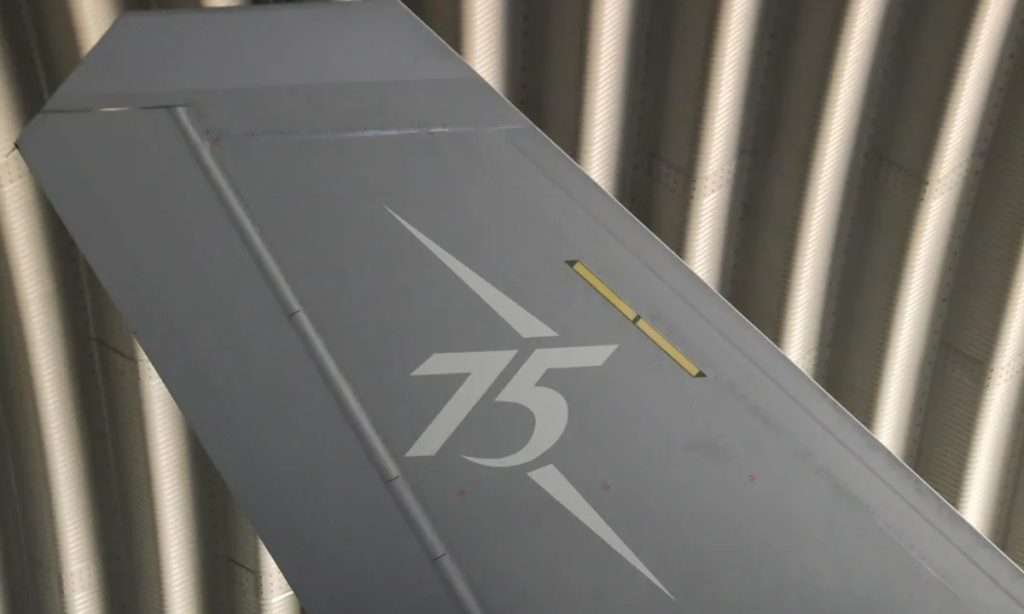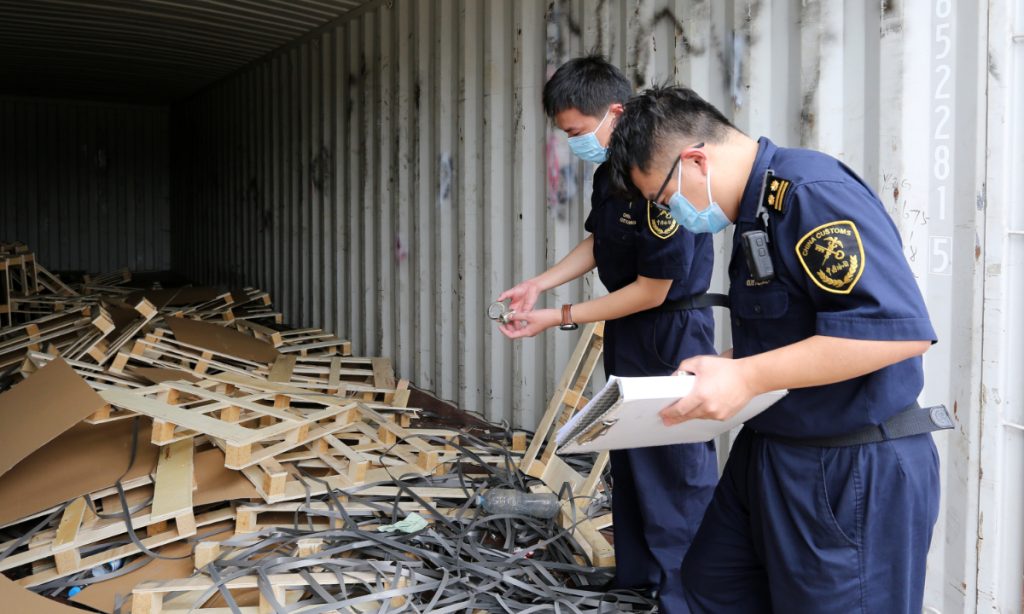NE China's Harbin prepares for peak season of snow tourism

Harbin, the capital city of Northeast China's Heilongjiang Province, is expected to embrace another wave of ice and snow tourism as several online travel platforms showing a rapid increase in search volumes for local tourism destinations, routes and products. The "ice city," which will host the 9th Asian Winter Games in February 2025, is carrying out various preparations and ice and snow tourism activities to welcome visitors from across the country.
On Chinese social media Sina Weibo, the trending topic "Harbin is really working hard for this winter" has surged to the hot search list, with a reading volume surpassing 127,000 as of press time. One related video showed the recent cleaning of St. Sophia Cathedral in Harbin, and the sweeper trucks are even covered with content recommending Harbin's special attractions.
According to Harbin News, in preparation for the upcoming peak season of ice and snow tourism, the staff of the Songhua River sightseeing cableway recently conducted safety inspections and maintenance on the cableway.
Online videos posted by netizens showed that in anticipation of the guests coming to their hometown, the people of Harbin began cleanup efforts in the streets, including cleaning the stone pillars along the roadside, staircases and lamp posts, as well as repainting the chairs on Central Street.
Data from Tongcheng Travel, a leading travel platform in China, showed that in the last week of October, the search volume for Harbin tourism increased by 156 percent compared with the previous week, while hotel bookings in the city for next three month rise by 78 percent year on year.
Statistics from Trip.com, another leading travel platform, showed that there is a high volume of bookings for Harbin travel-related products for the period from December 15 to 31.
In another development, according to data from China's e-commerce platform Meituan, since October, the search popularity for winter tourism activities such as skiing, snow hiking and viewing auroras and rime has increased by 72 percent compared to the previous month. Among these, Harbin is the city with the highest search volume, with popular related attractions including Harbin Ice-Snow World and Yabuli ski resort.
According to the Xinhua News Agency, Heilongjiang will launch a 100-day winter tourism initiative on Friday, aiming to establish itself as a world-class ice-and-snow tourism destination, the provincial department of culture and tourism said.
On Xiaohongshu, a Chinese lifestyle-sharing platform, many netizens have been looking for a travel companion to visit Harbin with, while others are asking for recommendations for local attractions, restaurants and accommodation, the Global Times learnt on Wednesday.
"I really want to go to Harbin to see the snow. Who can understand the persistence of a person born in Hainan in seeing snow?" wrote a netizen. "I can't wait to go to Harbin!" read another netizen's post.
Dai Bin, president of the China Tourism Academy, told the Global Times on Wednesday that after the surge in popularity of winter tourism in Harbin in 2023, the city has made improvements in its public service capabilities. "Harbin is poised to achieve greater accomplishments during the ice and snow tourism in the coming season," Dai said.
The 9th Asian Winter Games will open in Harbin on February 7, 2025, which would welcome the highest number of participating countries and regions and athletes in the history of the event.
During the Games, a series of activities will be held in the Athletes' Village and the Ice and Snow World, including Heilongjiang's intangible cultural heritage experiences, ice acrobatics performances and an opera art parade.
According to Xinhua, the General Office of the State Council issued guidelines on Wednesday, which state that China aims to promote its ice and snow economy as a new growth point, with the goal of reaching an economic scale of 1.2 trillion yuan ($169 billion) by 2027.

